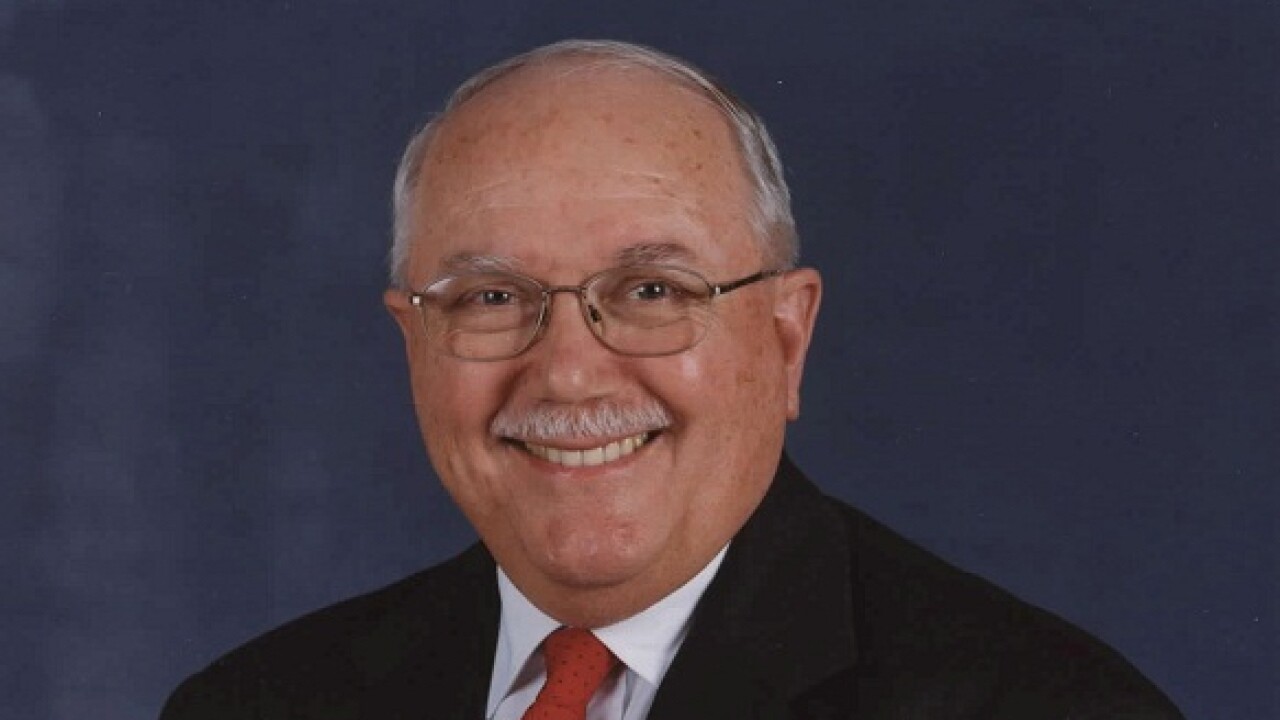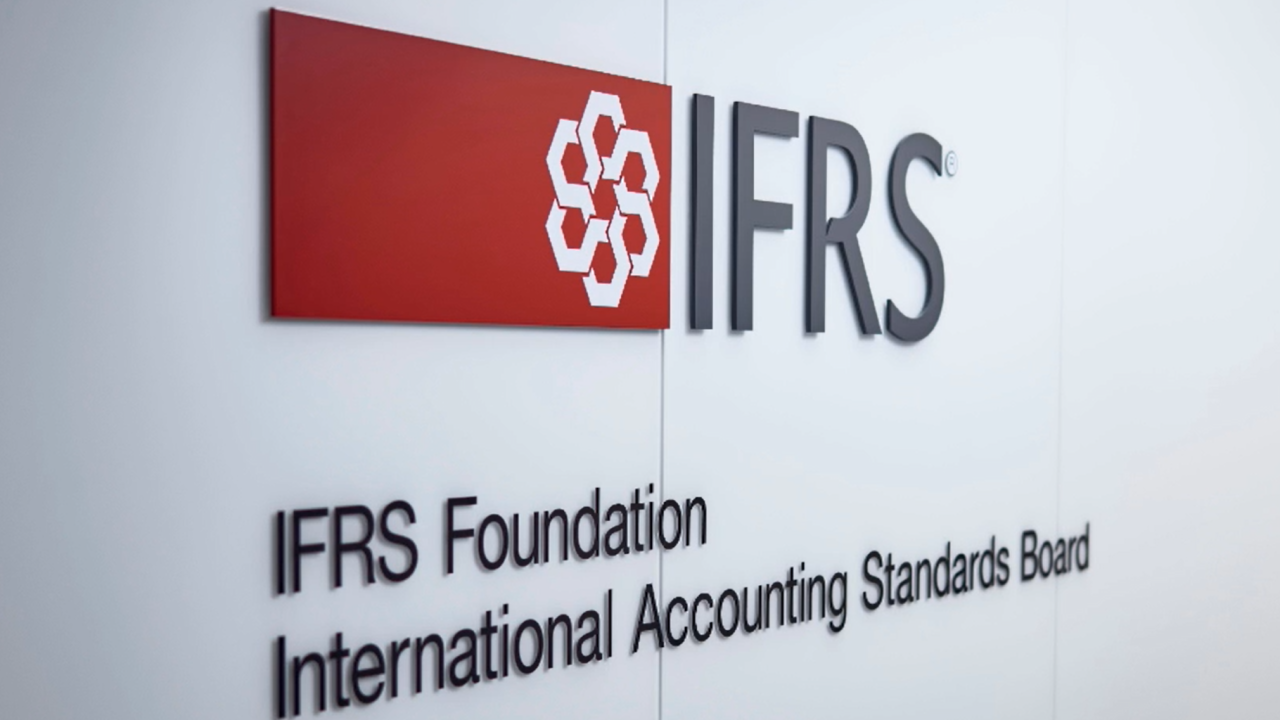I’ve heard it repeated time and time again that the Baby Boomers are heading for the proverbial fiscal train wreck because they are simply under funded, notwithstanding repeated warnings all over the landscape about the need to save money.
In fact, Sarah Ball Teslik, the chief executive officer of the CFP Board of Standards, said in a recent speech, “Psychology and economics are producing evidence that people are hard wired to consume, not save.” Moreover, she adds, “Many people say they give up planning for retirement because the amounts they are told they need are unattainable.” To put it another way, is it possible that financial planners are scaring boomers?
A number I spoke to don’t believe this. They say that financial planners aren’t sugarcoating anything and are upfront and truthful. They claim it is more a responsibility matter than a savings problem. If anything, planners emphasize purpose; in effect, retirement security is a do-it-yourself project.
Okay, let’s try some numbers out. Figure out what you believe you will need to take in monthly on an after-tax dollar basis to live in your present dwelling. Now, nothing fancy here. Just the basics.
Let’s figure on $6,000 a month, which is kind of a common number. If we compute that your average retention after federal and state income taxes is 75 cents on the dollar, then you need some $8,000 per month pre-tax.
But, let’s add a little fun here such as a vacation, restaurants, and the like. So, you would like another $1,250 per month. Therefore, keeping those 75 cents in mind, you would need to earn an additional $1,667 per month. Okay. If we don’t consider any emergency needs or cash reserves, then you must bring in $8,000 + $1,667 per month, or translated, $116,004 per year.
We’re not done yet. From that nice round number, you then have to subtract applicable Social Security and pension payments. Let’s throw a clinker in here. You have no pension payments and the government says that your Social Security payments at full retirement age will be about $2,600 per month for you and your spouse, or $31,200 per year. So, you subtract that $31,200 from your current need of $116,004 (we’re talking 2006 constant dollars) and you’ll find a shortfall of $84,804 per year. The bottom line is that unless you plan on an inheritance to bail you out, that gap will have to come from your continuing to work, some investment income, or a combination.
The financial gurus say that you should not take more than 4 to 5 percent of your portfolio value each year. Therefore, to finance a gap of $84,804 at a 5 percent withdrawal rate, you would need a capital pool of some $1.7 million so you don’t run out of money before your expected demise.
What does this mean? Simply, for every $50,000 per year in retirement cash flow, you need a portfolio of $1 million. And, here’s something else to consider to make it even more depressing. If you want to spend 5 percent and still maintain the buying power of your dollars over a 10, 20, or 30 year plus retirement, with inflation at 3 percent annually, you would need a total return approaching 9 percent as an annualized average. That means stock market risk and a strategy to deal with volatility.
Teslik is on the mark. The boomers simply may not be saving enough for retirement. Increased personal responsibility is the only answer for adequate funding.





